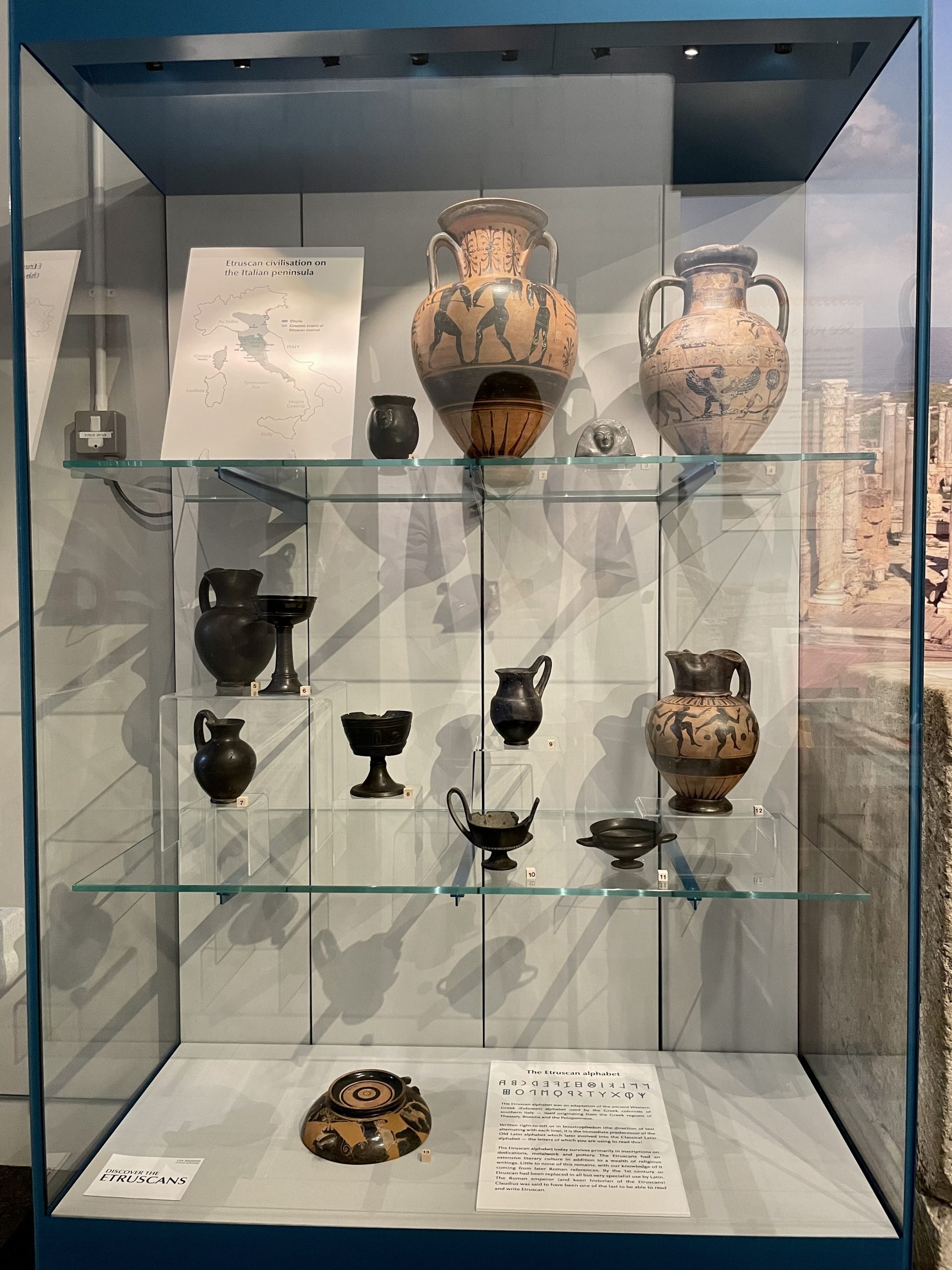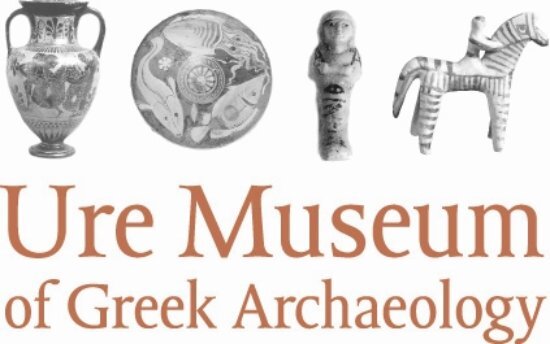Discover the Etruscans

The story of the Etruscans begins in the area of Italy today known as Tuscany, and starts in the Iron Age (10th century BC) when local communities, centred around groups of villages, started to establish cities and control of the land around them. As the cities grew so did the need for governance: a class of rulers emerged and public buildings such as markets and temples were built. With the land surrounding them rich in metal ores and fertile farmland, industry soon developed and trade with other nearby settlements began. By the early 7th century BC these cities had grown into small states that shared a common language and much of the same culture. The people of these cities called themselves the Rasenna, but we know them as the Etruscans, people of the place the Romans called Etruria.
As the Etruscan cities grew so did their interaction with neighbouring peoples. Soon Etruscan goods, such as iron, wine and art, were being traded outside of Italy. In return luxuries such as gold from Carthage, glass from Egypt and expensive pottery from Greece started to be imported into Etruria. The wealth from growing trade allowed the Etruscans to expand their control into the Po Valley and along the coast of the Tyrrhenian Sea [see panel], where they encountered Greeks who had founded new cities in Magna Graecia, the south of Italy and the island of Sicily. The Etruscans became fascinated by the culture of their Greek neighbours and began to adopt parts of it, like the symposion (a fashionable drinking party) and styles of pottery; they adapted the Greek alphabet and added Greek gods, heroes and tales to Etruscan religion and mythology.
Wealthy Etruscans employed artists and craftsmen to create works of art in ceramic. Bucchero pottery, an invention of the Etruscans, was especially popular. Bucchero’s unique lustrous black colour was created by polishing and firing in a kiln starved of oxygen. The process called reduction firing causes a chemical reaction in the clay turning its natural red colour to turn to a deep black. Some even paid the potters of the Greek vases they loved so much to move to Etruria. Even in death rich Etruscans continued to enjoy luxuries: they decorated their tombs with ornate wall paintings celebrating life and filled with fine objects from both home and abroad. Some of the finest surviving examples of ancient Greek pottery come from these tombs.
In the 5th century BC the Etruscans fought with the Greeks of Magna Graecia over the control of trade and lost access to cities along the coast of the Tyrrhenian Sea, and therefore important trade ports. In the 4th century BC Celts from the north seized control of the Po Valley and lands to the east of Etruria. The Romans eventually brought Etruscan civilisation to an end. Rome, once a city under Etruscan control, had grown into a republic, and from the 3rd century BC began to conquer the cities of Etruria one by one. The Romans embraced much of Etruscan culture, just as the Etruscans had Greek: they adapted the Etruscan alphabet and took on features of Etruscan religion, for example the practices of augury and haruspicy, foretelling of the future by reading signs in nature and animal organs. By the start of the Roman Empire in 27 BC, Etruria was firmly a part of Roman Italia, and the parts of its culture, including its language, not taken on by the Romans were lost to time.
